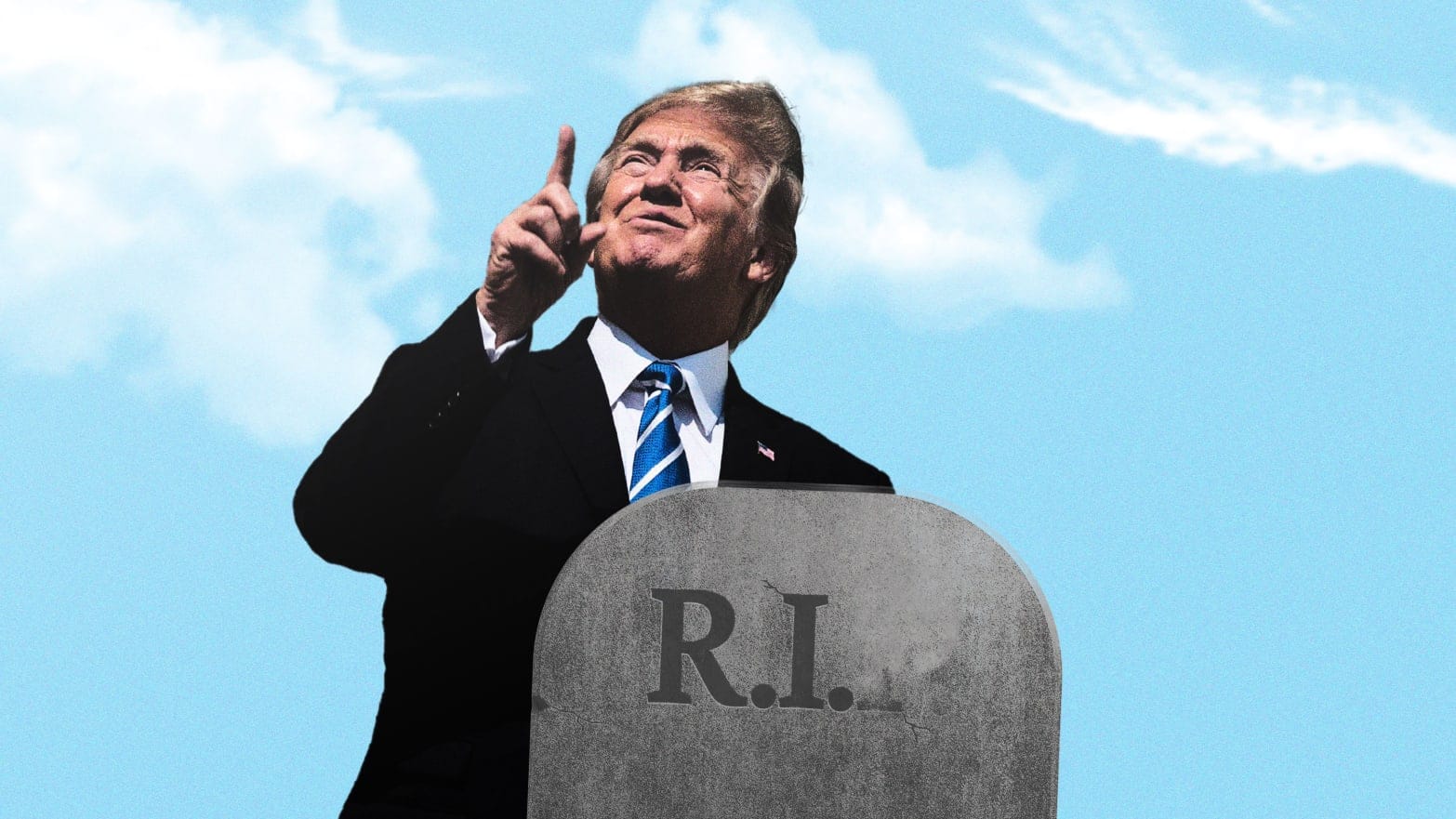“The Changing Dynamics of the Amazon Rainforest: From History to Future Challenges” Deforestation Trends.
The Unfolding Environmental Crisis in the Amazon: A Call to Action:
As the world’s largest rainforest, the Amazon is facing an unprecedented environmental crisis that demands urgent attention and concerted global action. This topic explores the complex web of challenges contributing to the crisis and the imperative for immediate and comprehensive measures to address them.
Deforestation as a Primary Threat: One of the most pressing issues in the Amazon is rampant deforestation. The expansion of agricultural activities, logging, and infrastructure development has led to vast swaths of primary forest being cleared. This not only disrupts the delicate ecological balance but also releases substantial carbon stored in trees into the atmosphere, contributing to climate change.

Impact on Biodiversity: The Amazon is renowned for its unparalleled biodiversity, but the escalating environmental crisis puts this diversity at risk. The loss of habitat due to deforestation threatens countless plant and animal species, many of which are endemic to the region. The delicate interdependence of species within the ecosystem is jeopardized, with potential cascading effects throughout the food chain.
Human-Induced Climate Change: The destruction of the Amazon rainforest significantly contributes to global climate change. Trees act as carbon sinks, absorbing and storing large amounts of carbon dioxide. The extensive deforestation releases this stored carbon into the atmosphere, intensifying the greenhouse effect. The consequences are felt globally, impacting weather patterns, sea levels, and overall climate stability.
Water Cycle Disruption: The Amazon plays a crucial role in the planet’s hydrological cycle, influencing weather patterns and rainfall across South America and beyond. Deforestation disrupts this cycle, leading to altered precipitation patterns, more frequent droughts, and increased risk of wildfires. The consequences extend to agricultural productivity, water availability, and the livelihoods of communities relying on the river system.
Tipping Points and Irreversible Changes: Scientists warn of potential tipping points beyond which the Amazon ecosystem may undergo irreversible changes. Increased deforestation, coupled with the impacts of climate change, could push the rainforest toward a tipping point where it transitions from a lush, biodiverse ecosystem to a drier, savanna-like landscape. Such a shift would have severe implications for biodiversity, regional climate, and global carbon cycles.
Land Use Practices and Agricultural Expansion: The expansion of agricultural frontiers, driven by practices such as slash-and-burn agriculture and large-scale cattle ranching, contributes significantly to deforestation. The demand for commodities like soy, beef, and palm oil fuels this expansion, linking the fate of the Amazon to global consumption patterns. Sustainable land use practices are critical to mitigating these destructive trends.
Challenges in Enforcement and Governance: Enforcing environmental regulations and governance in the vast and remote Amazon region presents considerable challenges. Illegal logging, land grabbing, and lax enforcement of conservation policies exacerbate deforestation. Strengthening law enforcement, enhancing governance mechanisms, and promoting transparency are crucial elements in addressing these challenges.
International Collaboration and Diplomacy: Addressing the environmental crisis in the Amazon requires a collaborative, international effort. The rainforest spans multiple countries, and coordinated action is essential to tackle transboundary issues. Diplomatic efforts, partnerships between nations, and shared responsibility for conservation initiatives are vital components of any effective strategy.
Indigenous and Local Community Involvement: Indigenous communities and local residents have a deep understanding of the Amazon’s ecosystems and are often the most affected by environmental changes. Engaging these communities in conservation efforts, respecting their rights, and integrating their traditional knowledge into decision-making processes are integral to any sustainable solution.
Investing in Sustainable Alternatives: Promoting sustainable alternatives to destructive practices is a key component of addressing the environmental crisis. This includes supporting agroforestry, eco-friendly agricultural practices, and responsible eco-tourism. Investing in these alternatives can provide economic opportunities while preserving the integrity of the rainforest.
The unfolding environmental crisis in the Amazon demands immediate attention, collaborative action, and a paradigm shift in how humanity interacts with this vital ecosystem. Only through a comprehensive and global approach can we hope to secure the future of the Amazon and, by extension, the well-being of our planet.
Share this content:




2 comments